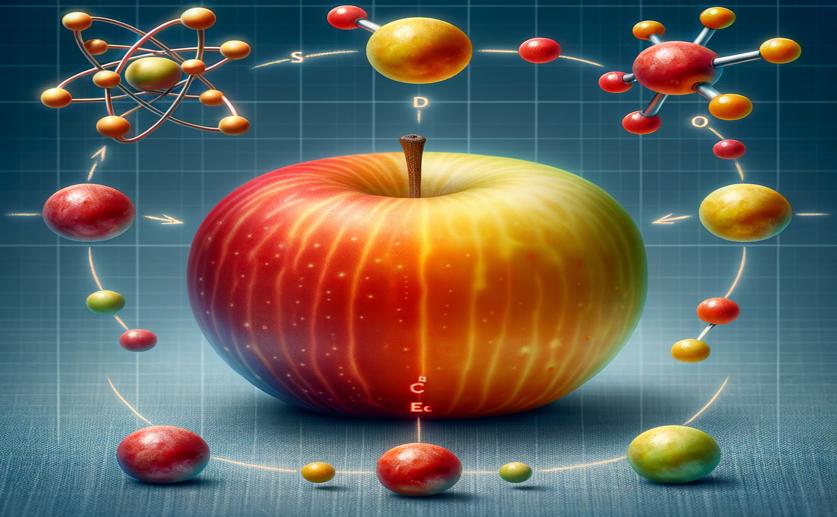
How Apple Skin Color Changes: Gene Study and Expression Analysis
Jenn Hoskins
9th May, 2024

Image Source: Natural Science News, 2024
Key Findings
- Researchers at Gansu Agricultural University identified 59 phytocyanin genes in apples, important for fruit development
- These apple genes were grouped into four subfamilies based on their structures and functions
- The study suggests these genes help regulate apple color and could improve fruit quality
GeneticsPlant ScienceEvolution
References
Main Study
1) Molecular evolution of Phytocyanin gene and analysis of expression at different coloring periods in apple (Malus domestica).
Published 8th May, 2024
https://doi.org/10.1186/s12870-024-05069-6
Related Studies
2) The putative phytocyanin genes in Chinese cabbage (Brassica rapa L.): genome-wide identification, classification and expression analysis.
3) The phytocyanin gene family in rice (Oryza sativa L.): genome-wide identification, classification and transcriptional analysis.
4) The linked conservation of structure and function in a family of high diversity: the monomeric cupredoxins.
Journal: Structure (London, England : 1993), Issue: Vol 12, Issue 6, Jun 2004



 14th April, 2024 | Jenn Hoskins
14th April, 2024 | Jenn Hoskins